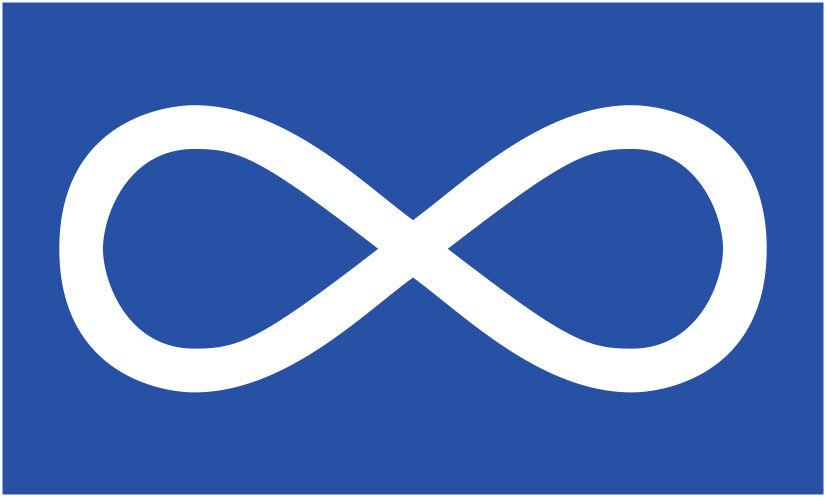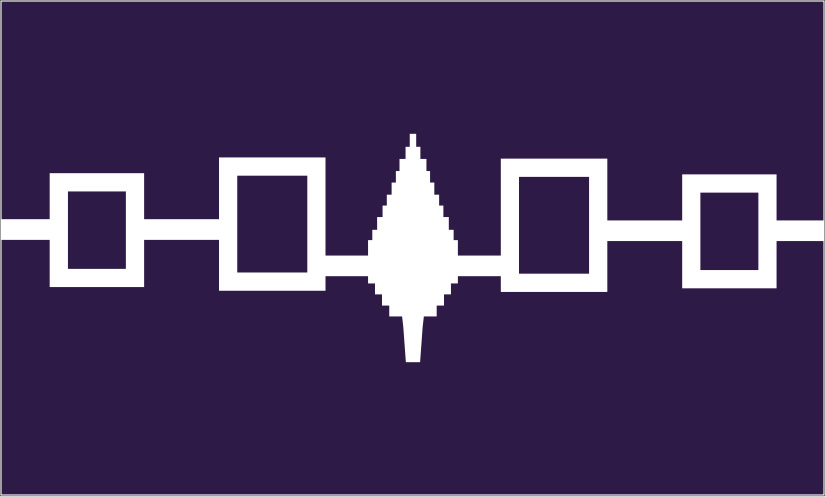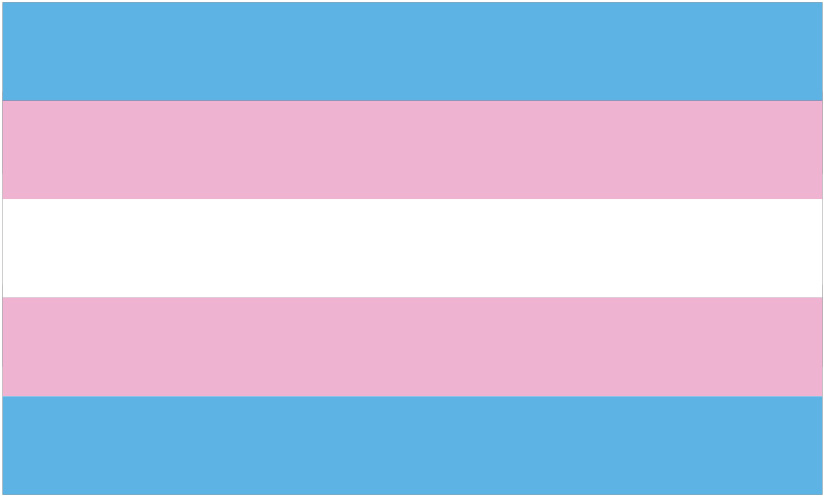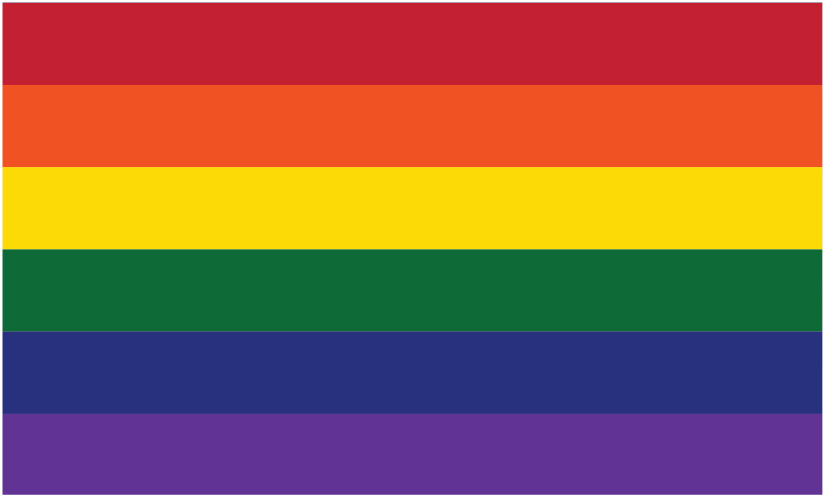Flags raised in solidarity

Métis flag
The Métis flag, with its white infinity symbol, represents the joining of two cultures: First Nations and European, from which a new Indigenous people emerged—the Métis—with their own unique culture, traditions, language (Michif), way of life, collective consciousness and nationhood.

Anishinabek Nation
The Anishinabek Nation flag features an Animikii (thunderbird) at the centre. According to traditional teachings, this powerful, spiritual animal is said to create the sound of thunder just by the flapping of its wings. The bird is also a protector with the ability to bring rain that nurtures and cleanses the earth.

Six Nations Confederacy
This flag symbolizes the Hiawatha wampum belt—the emblem of unity that brought peace among the Five Nations—Seneca, Cayuga, Onondaga, Oneida, and Mohawk—with the sixth nation, the Tuscarora, added later. Collectively, the confederation’s people are known as the Haudenosaunee.

Two Row Wampum
In 1613, the Haudenosaunee and Dutch formed an everlasting relationship built on friendship and peace. A belt, made of purple and white wampum shells, symbolized this new venture. The purple rows represent the two different cultures and traditions as they travel side-by-side on the river of life. The white rows represent peace, friendship and respect.

Transgender Pride
Stripes at the top and bottom of the flag are light blue, the traditional colour for baby boys. The stripes next to them are pink, the traditional colour for baby girls. The white centre stripe is for those who are transitioning, intersex or non-binary.

LGBTQ2S Pride
This flag represents the lesbian, gay, bisexual, transgender, queer, and two-spirit (LGBTQ2S) social movements. The colours symbolize the community’s immense diversity: red for life; orange, healing; yellow, vitality/ sunlight; green, serenity/nature; blue, harmony; and violet, spirit.
